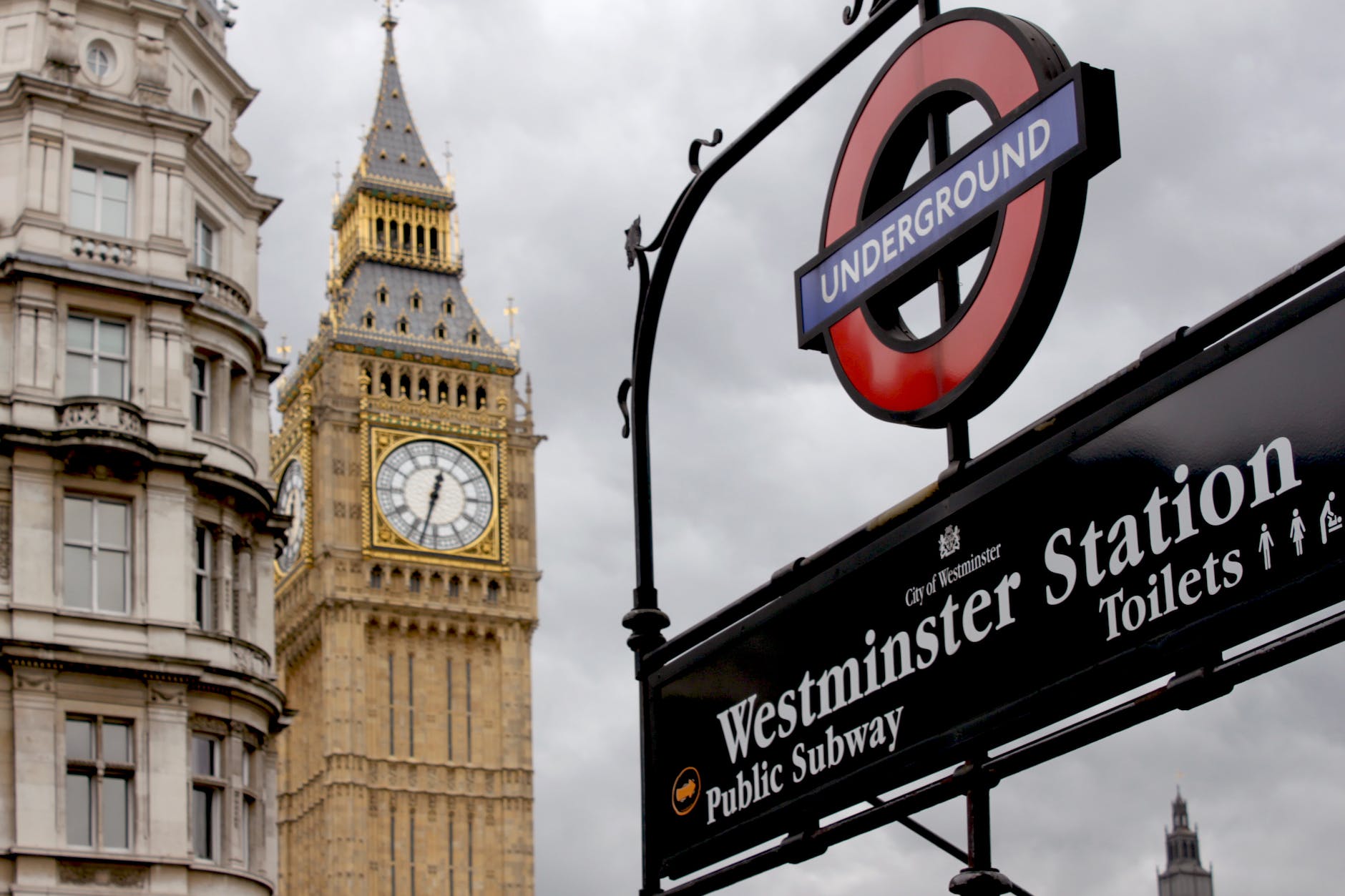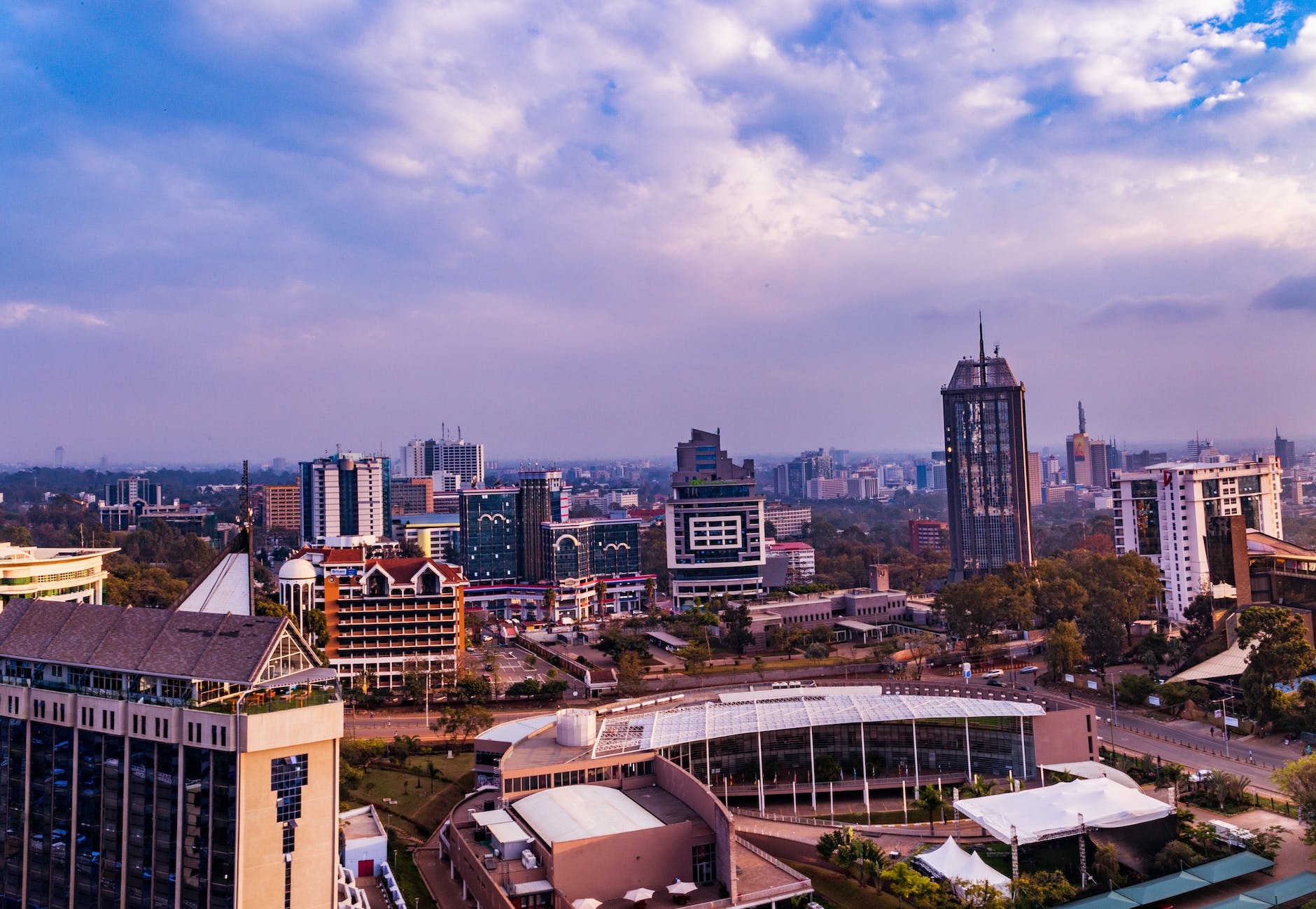Recent macroeconomic and financial developments
Real GDP growth slowed to 5.5% in 2022 from 7.5% in 2021, attributable to the drought, increased commodity prices, and tight global financial conditions. Growth was driven on the supply side by services and on the demand side by household consumption. Inflation rose to 7.6% from 6.1% in 2021, driven by food and energy inflation. Inflation was moderated by subsidies and raising the policy rate to 8.25% from 7% in 2021. The fiscal deficit narrowed to 6.3% of GDP from 8.2% in 2021 due to improved revenue collection and adherence to the International Monetary Fund–supported fiscal consolation path. Public debt rose to 70% of GDP from 68% in 2021, driven by higher interest payments and exchange rate depreciation. The current account deficit widened to 6.0% of GDP in 2022 from 5.5% in 2021, driven by the lower trade deficit. It was financed by drawing down foreign exchange reserves, which fell to $7.42 billion (4.2 months of import cover) at end-2022 from $9.5 billion (5.8 months) at end- 2021. The Kenyan shilling depreciated to 123.3 per US dollar at end-2022 from 110.2 at end-2021. The capital adequacy ratio of 18.9% and liquidity ratio of 55% were higher than the respective targets of 14.5% and 20%. The nonperforming loans ratio remained high, at 14%. Credit risk concentration is high in manufacturing, energy and water, and agriculture. High extreme poverty (18%), unemployment (12.3%), and income inequality (Gini coefficient of 0.408)—manifestations of slow structural change—remain challenges.
Outlook and risks
GDP is projected to grow 5.6% in 2023 and 6.0% in 2024, driven by services and household consumption. Inflation is projected to rise to 8.6% in 2023 and 5.9% in 2024, driven by food and energy inflation. Monetary policy is expected to remain tight. The fiscal deficit is expected to narrow to 6.1% of GDP in 2023 and 5.4% in 2024, in line with the fiscal consolidation path. The current account deficit is projected to narrow to 5.2% of GDP in 2023 and 5.0% in 2024, attributable to a recovery in global demand. The outlook is subject to considerable risks, including the effects of a prolongment of Russia’s invasion of Ukraine on commodity prices, tight global financing, drought, and slow global economic recovery. Possible risk mitigation measures include diversifying exports and market destinations, enhancing domestic resource mobilization, deepening financial sector reforms, and accelerating structural reforms.
Climate change issues and policy options
Kenya’s Green Growth Index stagnated in the 48%– 51% range during 2010–21, about halfway to its green growth target. This implies that if Kenya were supported by green growth policies, it could promote economic growth while reducing vulnerability to climate change. Kenya’s national and sectoral green growth strategies and policies are aligned with its Nationally Determined Contribution (NDC). In 2019/20, NDC financing need totaled $8.6 billion. Inflows from public and private sources amounted to $1.9 billion, 21% of which was from the private sector. Kenya has the potential to scale up private climate finance through innovative financing approaches, such as green bonds, debt-for-nature swaps, blended financing, and climate markets. Renewable natural capital rose slightly, whereas nonrenewable natural capital rose 110% between 1995 and 2018. This suggests the potential to leverage private climate finance with natural resources. Notable initiatives enhancing natural capital include continuing oil exploration, increasing tree cover from 8.8% in 2022 to 30% by 2032, transitioning to 100% clean cooking by 2028, restoring 10.6 million hectares of degraded landscapes by 2032, and increasing land under irrigation from 500,000 acres in 2021 to 1.4 million acres by 2030. About 21%–30% of national territory is under forest cover.












